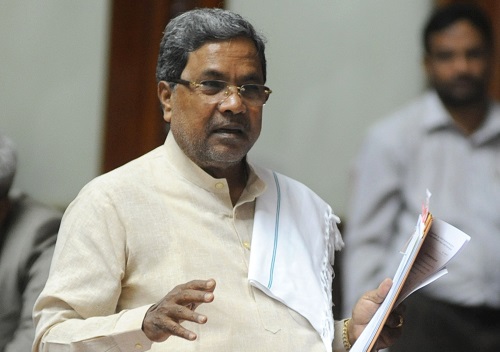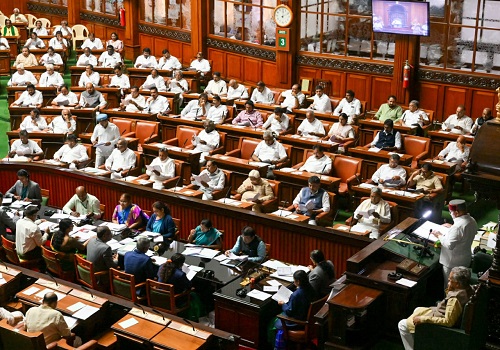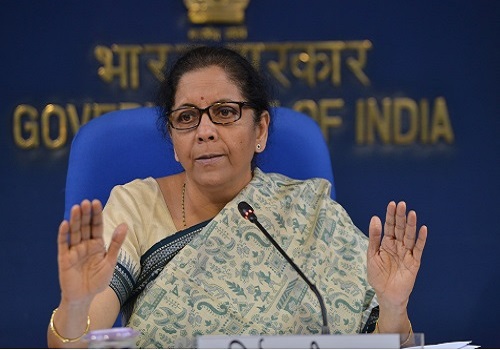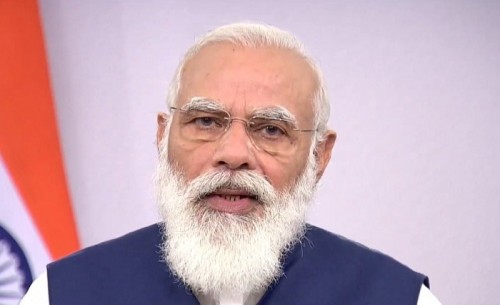Finance Minister Nirmala Sitharaman did well to steer clear of poll-bound populism
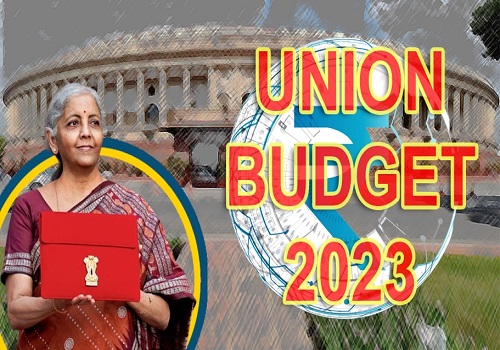
Follow us Now on Telegram ! Get daily 10 - 12 important updates on Business, Finance and Investment. Join our Telegram Channel
The Union Budget 2023-24 was presented on February 1 in the Parliament under very tough times, not only for India, but the entire world. Inflation, rising interest rates and cost hikes across the board have hit almost all economies in some form or the other.
It may be said that India and its economy have been able to pull it off in a better manner than many other global economies and is one of the fastest growing economies. This Budget being the last full Budget before next year's general elections scheduled in April-May 2024, it was expected that it would be a populist one, as is the norm for vote bank politics.
Surprisingly, and thankfully, it was not the case. The Budget was well thought out, progressive, growth oriented and had a lot for various segments of the society.
It had the woman and child at heart, along with education and health for all at affordable rates, sanitation and water for every household, relief in income tax with basic exemption limit being raised and massive investment in capex, infrastructure, railways and Make in India.
Coming to the aspects which were liked by the market, the biggest of them all is the fact that a massive Rs 10 lakh crore has been earmarked for capex. This is over and above another Ra 2.4 lakh crore for the Railways.
This would ensure a multiplier effect as the capex would lead to multiple benefits with roads, infrastructure etc. leading to better utilisation and movement of produce from producing centres to consuming centres. To this end, the government has identified and would set up 100 transport infrastructure hubs for better end-to-end connectivity for user industries.
The increase in basic exemption limit from Rs 2.5 lakh to Rs 3 lakh and change in the tax slab rates is a step in pushing the without exemption returns filing increasing.
The new rates would ensure nil tax for people earning up to Rs 7 lakh under the new tax regime.
This huge savings would give a push to demand from the middle class and help sustain the momentum going forward. The fact that there has been no tinkering with long-term capital gains tax is a blessing as markets were worried about some tinkering happening.
The arbitrage available in market-linked debentures (MLDs) has been done away with as the interest paid on such debentures has become taxable at the normal rate of tax of the individual. Earlier, people were taking benefits of LTCG and paying tax at the rate of 10 per cent. This was an instrument which was widely used, and was actually being misused.
REITS and INVITS had become important instruments with their wide acceptance as a savings instrument even among retail and HNI investors. Some confusion has crept in where when a loan taken by a subsidiary or a step down subsidiary is returned to the parent, the repayment would be taxed.
A loan taken is normally to be repaid and is in the nature of a business transaction. The only difference is the rate of interest. Why this section has come is baffling and would be a body blow to this segment. One can be sure that the intent could not be to bring about a system of defaults with companies not paying back loans taken. We hope that over the next couple of weeks, this issue would be resolved and parity restored.
From a market perspective, the thrust given to tourism is welcome as it would create business and job opportunities for the locals in the area. In any case, India has many tourists and they are natural spenders on their travelling.
Further, the decision to give incentives to industries under the PLI scheme where certain components were attracting Customs duty of a higher value have also been cut down. The Commerce Minister has indicated that the PLI scheme would be extended to cover many more sectors looking at the success.
Ever since the Russia-Ukraine war, there has been a slowdown in the gem and jewellery trade because of a shortage of rough diamonds. India being a large or probably the largest cutting and polishing partner for rough diamonds globally was badly affected.
The 'lab-grown' diamond industry, though, has picked up in the country quite successfully. To further encourage this segment, the government has cut the import duty on lab seed which is needed to grow the diamond. This would make this segment very affordable and help change the old saying of 'diamonds are forever' to 'diamonds are affordable'.
In terms of market performance, on Budget day, it was a wild swing with markets giving up a significant portion of gains. The redeeming feature was that there was some stability in prices of the Adani group shares on Friday which helped markets gain significantly during the week.
In a significant move, the market closed on Friday higher than the intra-day highs made on Budget day. This would lend credence to the fact that markets could rise further in the short term.
In conclusion, looking at the special circumstances globally and in India with an election Budget, it was commendable as a good Budget having many things for people from different walks of life.
(Arun Kejriwal is the founder of Kejriwal Research and Investment Services. The views expressed are personal)












 320-x-100_uti_gold.jpg" alt="Advertisement">
320-x-100_uti_gold.jpg" alt="Advertisement">






